Our Linage
LORD DATTATREYA
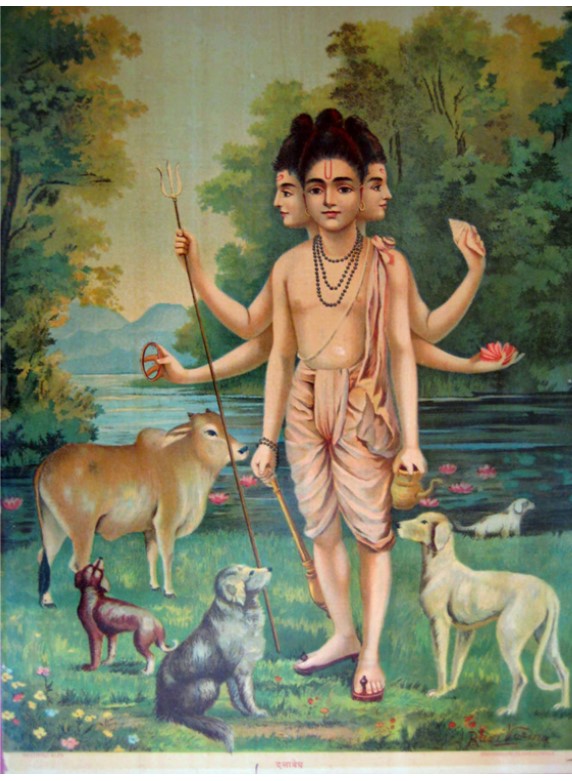
The Dattatreya Tradition, was founded by the first known being to be labelled as an ‘Avadhuta’ – Lord Dattatreya Himself. He codified a tradition whose only aim is liberation and merging with the one universal divinity. Lord Dattatreya is also the incarnation the trinity, i.e., Lord Brahma (the creator), Lord Vishnu (the preserver), and Lord Shiva (the transformer).
Lord Dattatreya completely immersed himself into universal consciousness by keenly observing nature and his environment. He had twenty-four Gurus, from aspects of nature. Over time many great beings were identified as incarnations of the Lord Dattatreya.
SHRI BRAHMARISHI MOHANJI
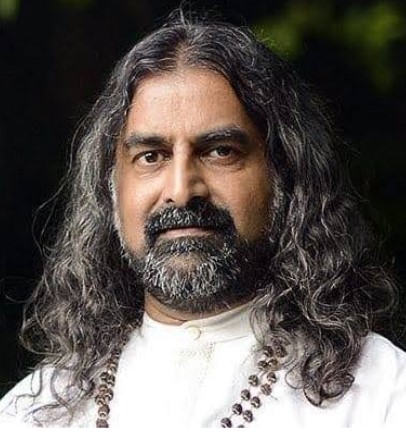
Mohanji is a revered spiritual teacher and guide known for his profound insights and compassionate approach to spiritual development. As the inspiratin of Mohanji Parivaar and a dedicated practitioner of the Dattatreya Sampradaya, Mohanji offers a path of self-realization that integrates deep meditation, selfless service, and spiritual companionship. His teachings emphasize the unity of all religions, the importance of inner transformation, and the practice of unconditional love and compassion. With his guidance, Mohanji inspires individuals worldwide to connect with their higher selves, embrace their true potential, and contribute positively to the world.
SRIPADA SRI VALLABHA
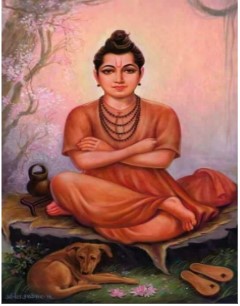
He is the first complete incarnation of Lord Dattatreya. His incarnation took place in the year 1320 AD in Sri Pithikapuram. The purpose of His incarnation was to remove impurities from devotees, whom were polluted by the dark age of Kali Yug. He imparts peace when devotees visit, remember, worship, or meditate upon Him.
“Undoubtedly, I am Datta. As you have a body, I also came with a body to enable you to recognise Me. But I am formless and without attributes. I will constantly take care of the welfare of those who adore Me with pure devotion, who cast all their burdens on Me, and seek total surrender from Me.” -Shri Pada Shri Vallabha
Learn moreSRI NARASIMHA SARASWATI
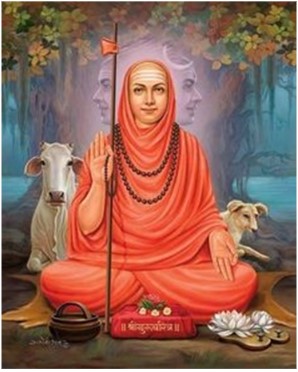
Narasimha Saraswati (1378-1459), is the second avatar of Lord Dattatreya. Sri Narasimha Saraswati had an extreme clarity of purpose right from His birth. His only speech in his early childhood was the word AUM. His mission was to restore Sanatana Dharma among men and show them how to liberate them from the cycle of births and death. He also brought forth a renaissance of the classic Brahmin virtues and disciplines prescribed by Adi Shankaracharya.
“Losing one’s life without the realization of God is the greatest tragedy for a human.” -Sri Narasimha Saraswati
Learn moreSRI MANIK PRABHU
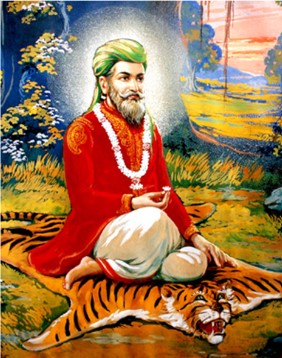
Shri Manik Prabhu Maharaj (1817-1865), is regarded as the fourth full incarnation of Lord Dattatreya. His philosophy is known as ‘Sakala Mata Siddhanta’ or ‘Sakala Mata Sampradhaya,’ meaning: Religious Tradition Embracing All Faiths. Shri Manik Prabhu strongly advocated the essential oneness of all religions. Which proclaims that all the religions and the sects in the world lead their followers to one and the same God. His teachings laid stress on Bhakti (devotion) but are deeply rooted in the essence of Vedanta concerning the ‘spiritual unity’ of all beings. His mission was to restore love and humanity, religious harmony, and universal brotherhood.
Shri Manik Pradu often sang the following: Compassionate is Datta, my own Divine Preceptor, Controller of the inner core, maintainer of triple shore. Converting my mundane life to be entirely pure. Indivisible, Inviolable, In-dweller of the Universe, Verily, as Consciousness, He abides in the Universe. Bestowing unsurpassed, illumined splendour, Has taken humble Manik to meet his mentor.
Learn moreSRI AKKALKOT SWAMI (SWAMI SAMARTH)
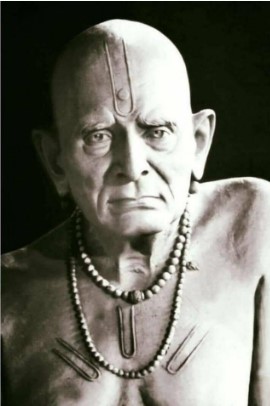
Shri Akkalkot Swami (the great Sage of Akkalkot), also known as Swami Samarth, is the third incarnation of Lord Dattatreya. Swami Samarth was a powerful Master who created great disciples like Shankar Maharaj, Gajanan Maharaj, Junglee Maharaj, etc. He treated Muslims, Christians, and Parsees alike. He always bestowed his kindness on the poor, needy, and people at the lowest rung of society. He spent the few decades of his life looking after the poor, curing the sick, and helping the spiritual seekers. He left his body in 1878 AD. Before leaving he said,” No one should weep, I shall always be present at all places, and I shall respond to every call of the devotees, fear not. I am always with you.”
It is said that, when he took Samadhi, his soul split in two – one part merged with the banyan tree, which is now worshipped as his Samadhi, the other merged with Sai Baba of Shirdi.
SRI SHIRDI SAI BABA
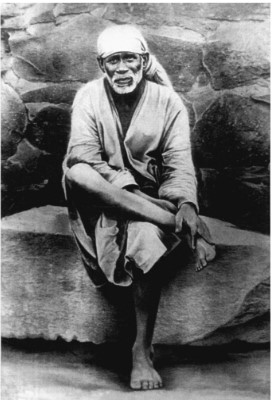
Sai Baba of Shirdi was an Indian spiritual Master considered to be among the highest category of Yogis is an Avatar of Lord Dattatreya. He revealed himself under a neem (margosa) tree just outside the village. He appeared to be about fourteen years of age and was sitting and practising meditation under the tree for days, without caring for the heat or cold or rain. The teachings of Baba were focussed on Devotion, Self-surrender to the Sat-Guru, Service, and Compassion. Baba insisted on continuous remembrance of God or Sat-Guru with love and devotion for his devotees to become free of the clutches of Maya (illusion).
“Mere knowledge without love is dry; nobody wants such knowledge. Without love, there is no contentment, so we should have unbroken and unbounded love. Where there are real yearning and feeling, God manifests Himself. It includes love and is the means of liberation.” -Shirdi Sai baba
Learn moreSRI BHAGWAN NITYANANDA
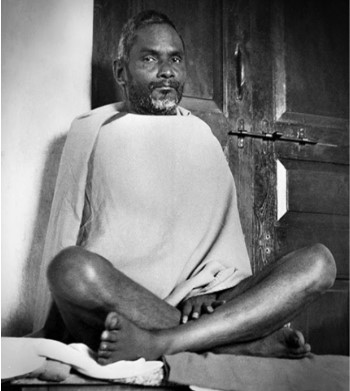
Shri Nityananda’s early life saw Him traveling across the Himalayas and undertaking yogic studies. In 1936 he went to the village of Ganeshpuri and settled there permanently. He developed schools and contributed to society to a great extent. Shri Nityananda never spoke a lot. His mere presence and energy were enough to transform someone’s life. But when he did speak, it was as if the universe itself spoke, in few precise words crossing this world with the simplicity of His teachings. His core teachings are Purity of mind, Purity of feelings, and Faith in God.
“Why not seek God within yourself, why wander from one place to another, why practise austerities without seeking the One in the heart?” -Bhagwan Nityanada
Learn moreSRI SWAMI TEMBE MAHARAJ
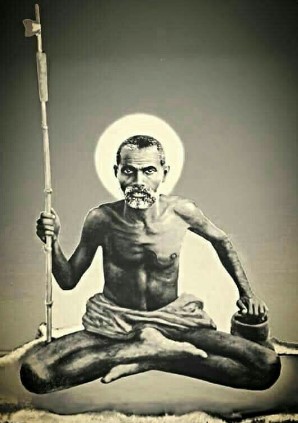
Tembe Swami Maharaj, also known as Shree Vasudevananda Saraswati, is a luminary in the lineage of Datta Gurus, renowned for his profound wisdom, unwavering devotion, and transformative teachings. Tembe Swami Maharaj demonstrated extraordinary spiritual inclination from a young age. Renouncing worldly life early, he immersed himself in intense sadhana (spiritual practice) and scriptural study, attaining remarkable mastery over Vedanta and the sacred texts.
Tembe Swami Maharaj's teachings are a harmonious blend of Advaita Vedanta and Bhakti (devotion). He emphasized the importance of self-realization through unwavering devotion to Lord Dattatreya and strict adherence to dharma. His life was a living example of simplicity, renunciation, and spiritual dedication, inspiring countless followers to pursue the path of righteousness and inner awakening.
SWAMI GAJANAN MAHARAJ
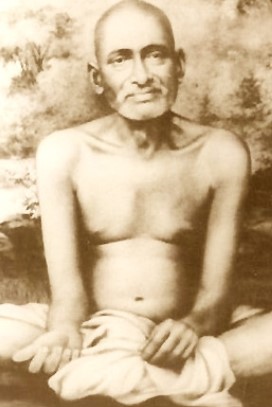
Swami Gaganan Maharaj, a revered master in the Datta lineage, is celebrated for his profound wisdom and unwavering devotion. A beacon of spiritual light, Swami Gaganan's teachings focus on the essence of self-realization and the transformative power of divine love. His life is a testament to the values of simplicity, humility, and service to humanity. Swami Gaganan emphasizes the unity of all paths leading to the divine, encouraging seekers to look within for truth and enlightenment.
SHANKAR MAHARAJ
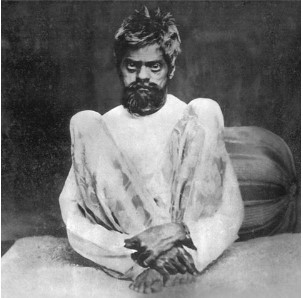
Shankar Maharaj, a revered saint in the Datta Guru lineage, is celebrated for his mystical powers, boundless compassion, and profound spiritual wisdom. Believed to have been born in the mid-19th century, Shankar Maharaj's life is shrouded in mystery, with numerous miraculous stories and legends highlighting his divine nature and connection to Lord Dattatreya.
Shankar Maharaj's life was a testament to the virtues of humility, selflessness, and unwavering faith in the divine. He emphasized the importance of devotion (bhakti), selfless service (seva), and inner purity as the path to spiritual liberation